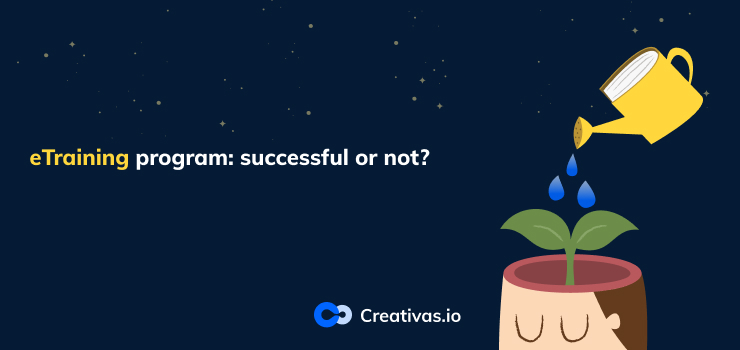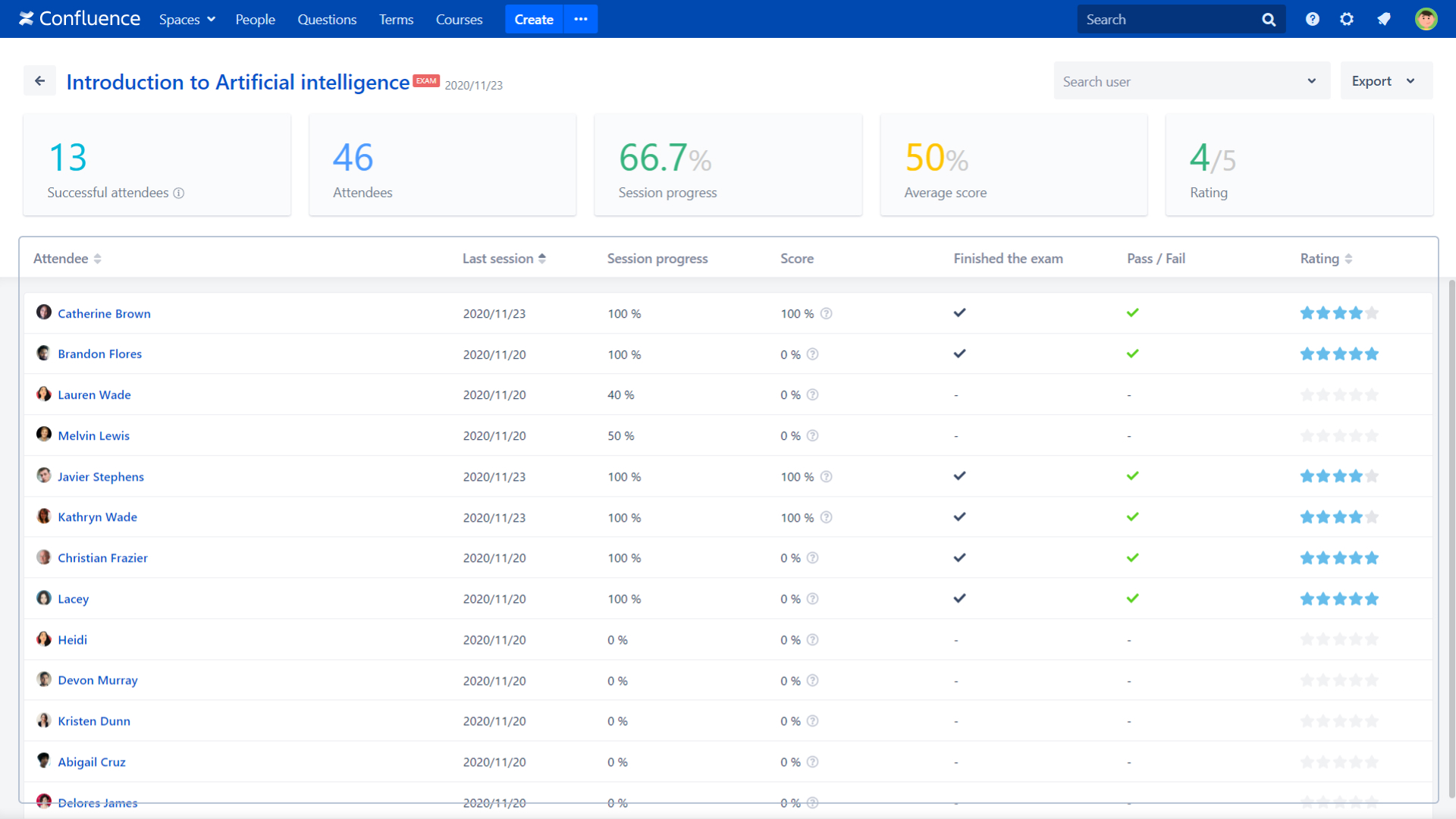
eTraining program: successful or not?
Chief Financial Officer: “What happens if we train the employees and they leave?”
Chief Executive Officer: “What happens if we don’t, and they stay?”
This is probably the most common conflict directors have before making decisions to start a training program.
The main goal of employees’ training is to enhance knowledge and skills. Acquiring the latest market trends is vital for a company’s growth and progress.
Evaluation is the most important part of all training types. It brings tangibility to elements involved in training. This phase determines how training has impacted the organization’s growth, performance…
When it comes to eTraining, some of the toughest questions to answer is: Was it successful? Was it effective?
Well, the answer is different from an organization to another; it depends on the training goal.
Taking the research path done by scientists, the Kirkpatrick–Phillips training evaluation model seems to be the best fit for these gaps.

This model developed by Donald Kirkpatrick and Dr. Jack Phillips has become the most credible and most widely used training and Human Resources Development (HRD) evaluation methodology globally.
Level 1: Reaction
This phase tends to measure learners’ satisfaction with the training sessions. This could be determined using post-course surveys, questions, feedback, and rating sections.
What to measure? Satisfaction towards: content, settings, UX, course style, timing, interactions, etc
Level 2: Learning retention
What and how much have they Learned?
Comparing a pre-course test and a post-course test is the best way to evaluate learner information retention.
You can use the exam mode if you are using Smart Courses and then compare the metrics grids.

Level 3: Behavior
What are the changes in the Learners’ Behavior?
This can be an assessment of supervisors/managers. How behavior after training has changed and was it applied and implemented in work methods, workplace…
Level 4: Impact on goals
Did this training help the company to reach its final goal?
At this level, companies should assess the actual organizational changes due to training. The impact on company’s goals should be measurable; Exp: sales growth, lowered turnover risk, decreased costs, jumped production rate…
Level 5: ROI
Did it pay off?
This ratio is calculated by converting productivity and improvements to monetary values. It allows measuring changes in revenue and profits.
Well, it’s no longer a secret that using an LMS can be cost-effective: no traveling fees, fewer instructor expenses, no venues cost, no time waste for event planning, etc. Indeed, using an eLearning solution has a significant and positive impact on ROIs, comparing to traditional solutions.


